Product Consultation
Your email address will not be published. Required fields are marked *
Introduction to Nylon Monofilament Yarn Durability
Nylon monofilament yarn is a widely used synthetic filament known for its strength, elasticity, and versatility. It is employed in applications ranging from industrial fabrics, fishing nets, and filtration systems to outdoor textiles. The lifespan and durability of nylon monofilament yarn depend on multiple factors, including mechanical stress, environmental exposure, and material properties. Evaluating its performance under heavy usage and outdoor conditions is essential to ensure reliability and cost-effectiveness.
Mechanical Stress and Load-Bearing Capacity
Under heavy usage, nylon monofilament yarn is subject to continuous tensile, bending, and frictional forces. The filament’s strength allows it to resist deformation and breaking under normal loads. However, repeated stress cycles can lead to fatigue, gradually reducing tensile strength and increasing the likelihood of failure. Filament diameter, density, and production quality directly influence how well the yarn withstands mechanical stress over time. Thicker yarns generally support higher loads and experience slower degradation under repeated use, while thinner filaments may show wear more rapidly.
| Diameter (mm) | Load Capacity (N) | Expected Mechanical Durability | Typical Heavy-Use Applications |
|---|---|---|---|
| 0.05 | 5–10 | Low to moderate | Fine fishing lines, lightweight meshes |
| 0.10 | 15–25 | Moderate | Insect nets, medium-weight filters |
| 0.20 | 40–60 | Moderate to high | Industrial screens, general-purpose nets |
| 0.50 | 200–250 | High | Heavy-duty industrial nets, belts |
| 1.00 | 500–600 | Very high | Reinforced textiles, structural applications |
Abrasion and Wear Resistance
Durability under heavy use is also influenced by abrasion resistance. Nylon monofilament yarn is resistant to surface wear, but repeated contact with rough surfaces, sharp edges, or abrasive particles can weaken the filament. Thicker filaments and smooth surface finishes help reduce abrasion effects, extending the usable lifespan. Conversely, thinner filaments or textured surfaces are more vulnerable to wear, particularly in high-friction environments. Regular inspection and proper maintenance, such as cleaning off debris, can help maintain yarn performance.
| Diameter (mm) | Abrasion Resistance | Recommended Heavy-Use Environment |
|---|---|---|
| 0.05 | Low | Indoor, controlled usage |
| 0.10 | Moderate | Light outdoor exposure |
| 0.20 | Moderate to high | Standard industrial settings |
| 0.50 | High | Outdoor and industrial heavy-duty applications |
| 1.00 | Very high | Structural and extreme usage environments |
Environmental Factors: UV Exposure and Weathering
Outdoor exposure introduces environmental stresses such as ultraviolet (UV) radiation, moisture, temperature fluctuations, and wind. UV light can degrade nylon polymers over time, causing brittleness, color fading, and loss of tensile strength. Moisture absorption can affect elasticity and may lead to slight dimensional changes. Temperature extremes influence both flexibility and strength, with high heat potentially softening the filament and freezing conditions making it more brittle. Protective coatings, UV stabilizers, or colored additives are commonly used to improve outdoor durability.
| Environmental Factor | Effect on Nylon Monofilament | Mitigation Measures |
|---|---|---|
| UV exposure | Polymer degradation, brittleness | UV stabilizers, colored coatings |
| Moisture/humidity | Slight swelling, reduced elasticity | Proper drying, protective coatings |
| High temperature | Softening, reduced load capacity | Heat-resistant additives |
| Low temperature | Increased brittleness | Material selection, controlled use |
| Wind and abrasion | Surface wear | Smooth finishes, protective sleeves |
Chemical Exposure
Nylon monofilament yarn can be exposed to chemicals, including cleaning agents, industrial solvents, or agricultural sprays. Certain acids, alkalis, or oils can degrade nylon polymers, weakening the yarn and reducing lifespan. The effect varies with filament thickness, chemical concentration, and exposure duration. Thicker filaments generally withstand chemical exposure better due to greater material volume. Protective coatings or specialized nylon formulations improve resistance to chemical attack in harsh environments.
| Diameter (mm) | Resistance to Chemicals | Common Precautions |
|---|---|---|
| 0.05 | Low | Avoid direct exposure to strong chemicals |
| 0.10 | Moderate | Rinse after exposure, limit contact |
| 0.20 | Moderate to high | Use protective coatings for prolonged exposure |
| 0.50 | High | Suitable for industrial applications with chemical presence |
| 1.00 | Very high | Effective in structural and harsh chemical environments |
Lifespan Estimation Under Heavy Usage
The actual lifespan of nylon monofilament yarn under heavy usage or outdoor exposure depends on a combination of mechanical, environmental, and chemical factors. Thicker filaments in controlled environments can last 5–10 years or more, while thinner filaments in harsh outdoor conditions may degrade within 1–3 years. Regular inspection, cleaning, and replacement of worn filaments extend usability and prevent unexpected failure. Application-specific testing and monitoring are recommended to determine realistic service life.
| Diameter (mm) | Expected Lifespan Indoor Use | Expected Lifespan Outdoor Use |
|---|---|---|
| 0.05 | 2–5 years | 1–2 years |
| 0.10 | 3–6 years | 2–3 years |
| 0.20 | 5–8 years | 3–5 years |
| 0.50 | 8–12 years | 5–8 years |
| 1.00 | 10–15 years | 7–10 years |
Maintenance and Longevity Strategies
Proper care significantly improves the lifespan of nylon monofilament yarn. For heavy-use applications, cleaning off dirt, debris, and chemicals prevents surface abrasion. Protecting outdoor filaments from direct UV exposure using covers or coatings reduces degradation. Avoiding overloading or sudden mechanical shocks preserves tensile strength. In some cases, replacing worn segments or reinforcing high-stress areas can maintain functionality without complete replacement. These maintenance strategies help optimize the performance and service life of nylon monofilament yarn.
| Maintenance Action | Frequency | Benefit |
|---|---|---|
| Remove dirt/debris | Monthly | Reduces abrasion |
| Apply UV protective coatings | Every 1–2 years | Prevents brittleness |
| Inspect for fraying or cracks | Quarterly | Prevents sudden failure |
| Reinforce high-stress points | As needed | Maintains mechanical performance |
| Avoid overloading | Continuous | Preserves tensile strength |
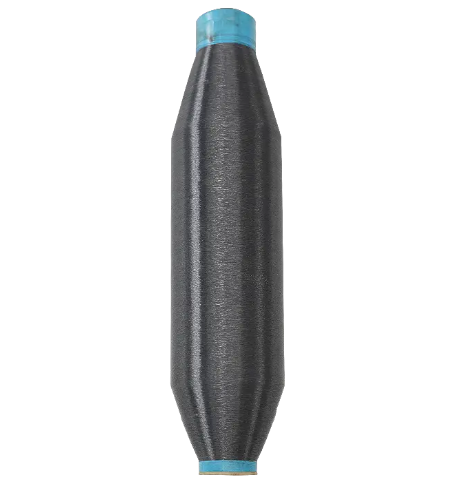
How does the diameter or thickness of the nylon monofilament yarn affect its strength, flexibility, or application?
2025-09-03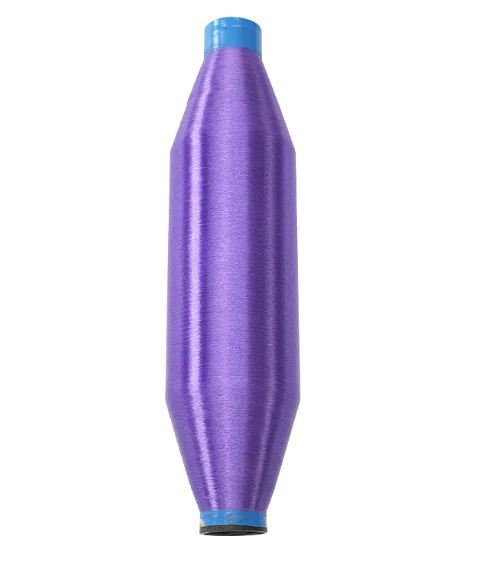
How does nylon monofilament compare to other synthetic monofilaments like polyester or polypropylene in terms of strength and durability?
2025-09-17Your email address will not be published. Required fields are marked *
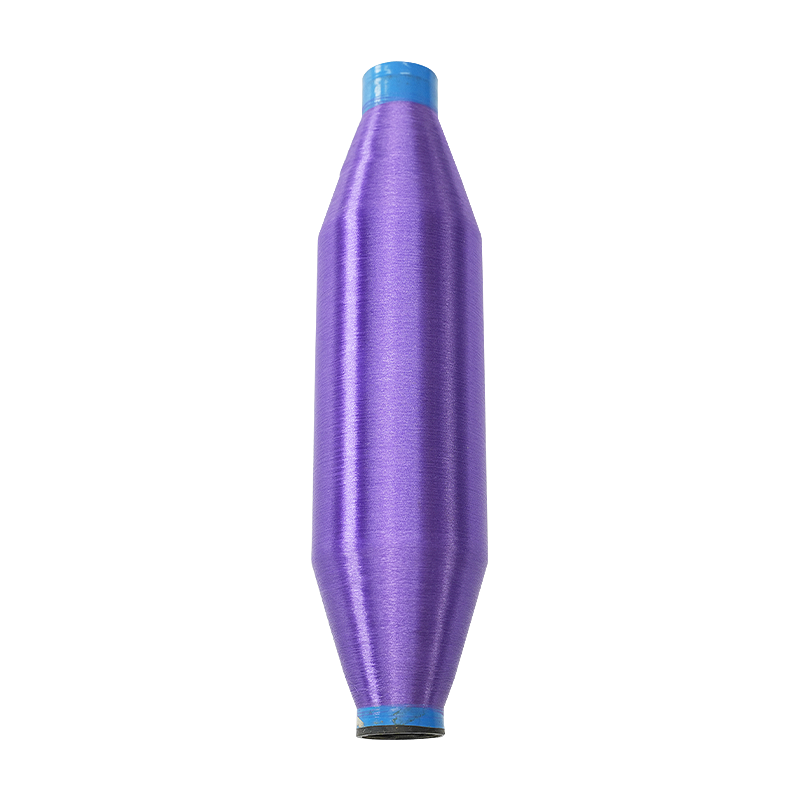
Single Strand Biodegradable Yarn is a single-strand structure, consisting of a single fiber bundle with no multiple strands tangled together. This structure makes the yarn softer, and smoother and exh...
See Details
Elastic high-performance polyamide multifilament refers to a synthetic fiber made from polyamide polymer (commonly known as nylon). Resilient and high-performance properties make it suitable for a var...
See Details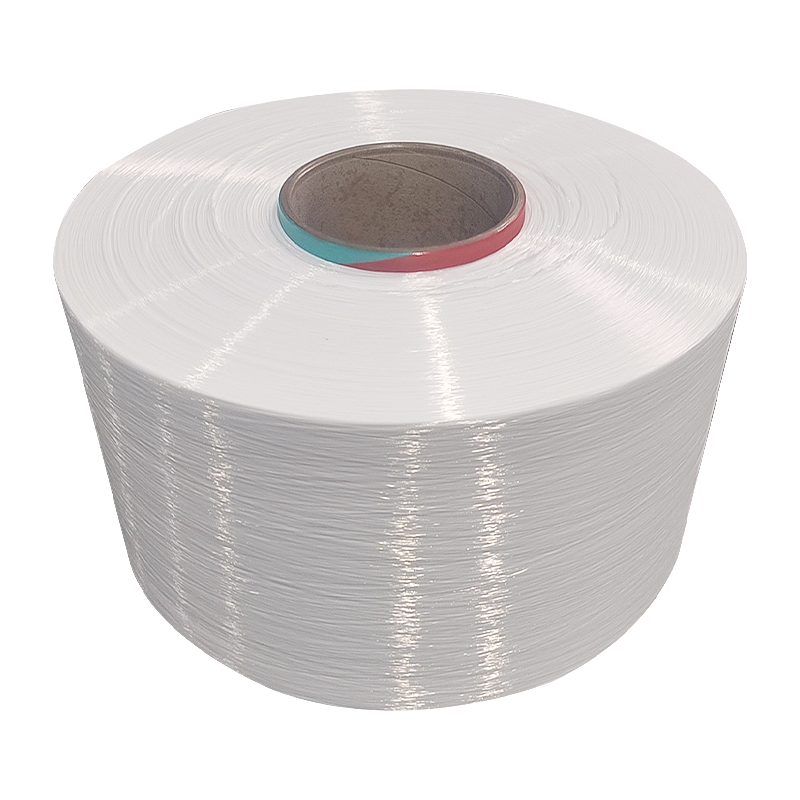
Colored Nylon Mother Yarn can be processed through spinning, drawing, dyeing and other processes to meet the needs of different textiles. It has good processing adaptability and can be made into vario...
See Details
The diameter of Durable woven nylon mother yarn is 240D, the fiber thickness is medium, and it is suitable for the manufacture of a variety of textiles. This product has good tensile strength and will...
See Details
Nylon stretch sportswear yarn is a yarn used to make sportswear and other clothing that require high breathability. Nylon fiber has good breathability, which helps to wick away perspiration and keep t...
See Details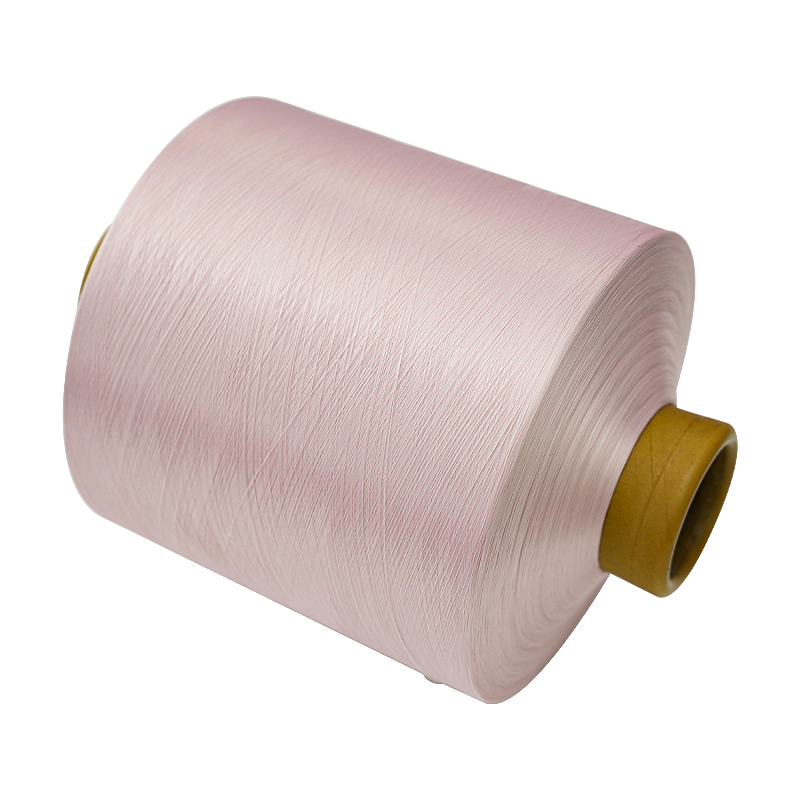
Fabrics made using Nylon elastic yarn for Weaving are lightweight, soft, comfortable and breathable, making them suitable for long-term wear. Made of high-quality nylon material with wear resistance, ...
See Details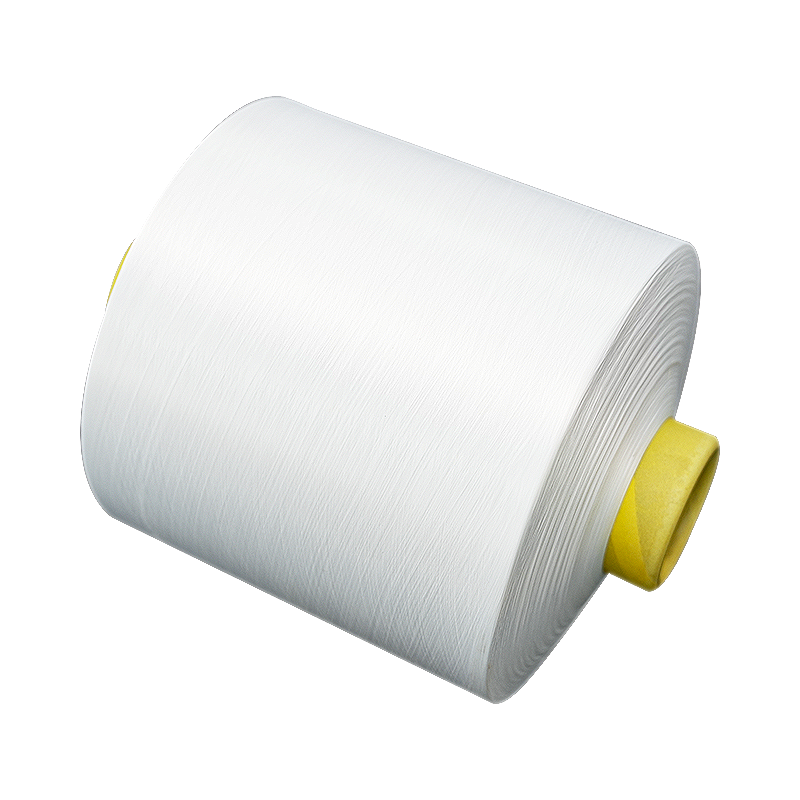
100D Nylon Elastic Yarn has a moderate thickness and good dyeing properties, which can achieve uniform and durable dyeing effects, making textiles bright and long-lasting in color. A yarn frequently u...
See Details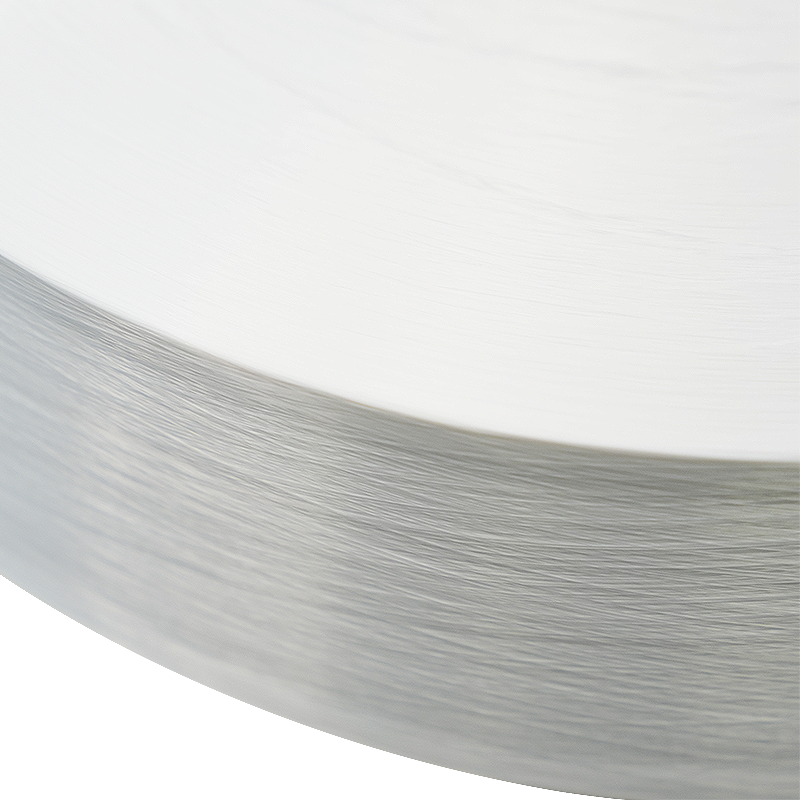
Polyester FDY yarn for weaving has high strength. After FDY yarn is fully stretched, the strength is even better and is suitable for manufacturing fabrics requiring high strength. The fabric made usin...
See Details
210D Polyester Nylon Composite FDY yarn is a composite fiber yarn. FDY is a mixture of polyester and nylon fibers. It combines the advantages of the two fibers, the abrasion resistance of polyester an...
See Details
Composite fiber yarn for textile use consists of 48 monofilaments. Relatively thin and composed of multiple filaments, it adds softness and texture to the fabric. This product is suitable for the manu...
See Details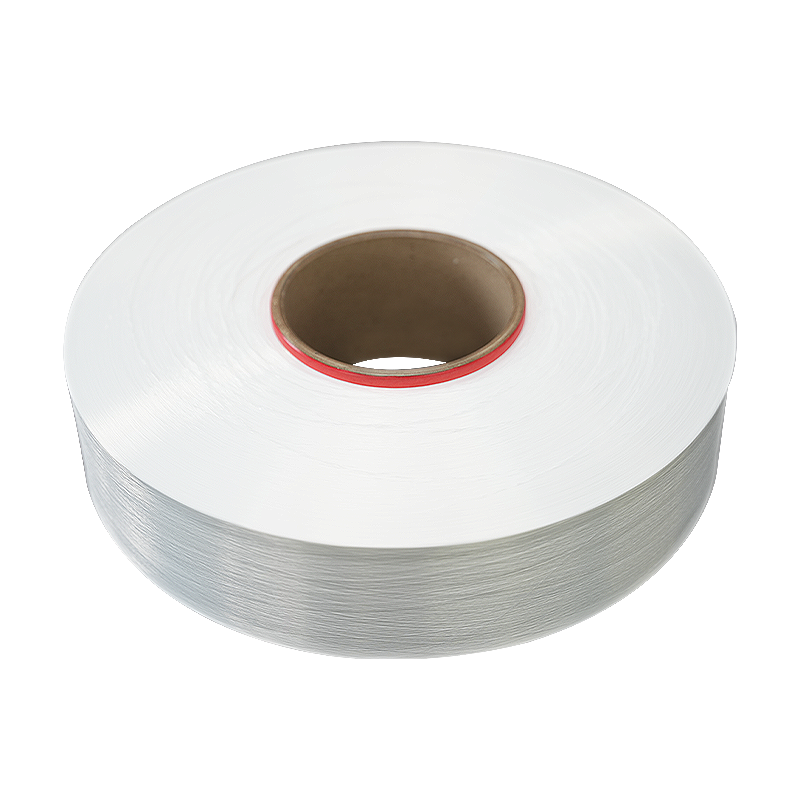
Water-repellent high Filament spun yarn has strong water resistance, providing an extremely delicate touch while retaining strength. Suitable for a wide range of applications from intricate embroidery...
See Details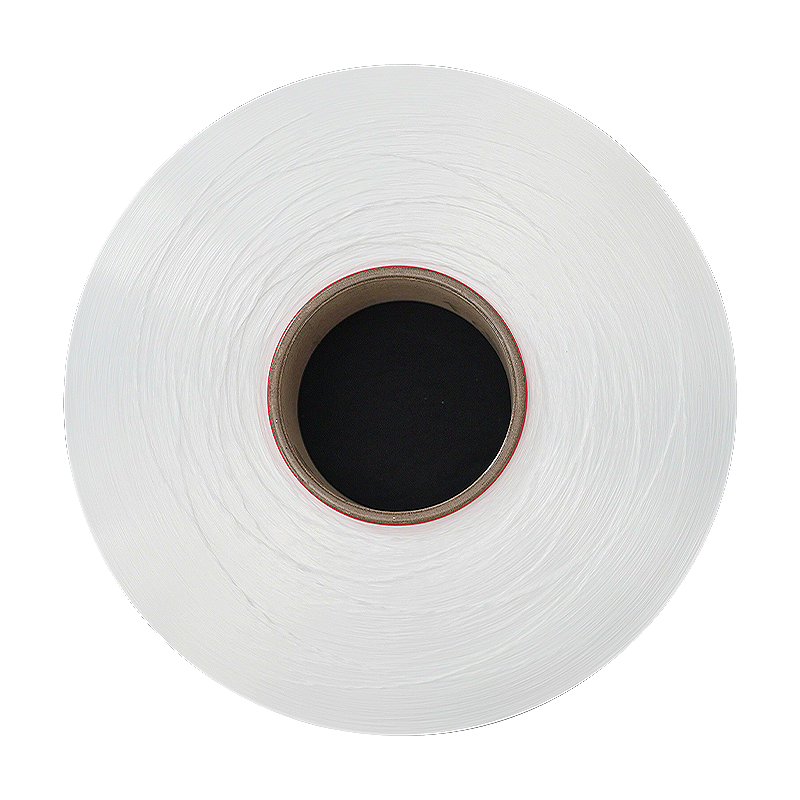
The fibers of 210D water-repellent yarn are relatively thick, making the yarn highly wear-resistant and durable, making it suitable for long-term use. Composite fiber enables yarn to have the advantag...
See DetailsAddress: Duntou industrial park, haian county, nantong city,jiangsu province ,China.
TEL: +86 15850491859
E-mail: sales-betty@hsnylon.com
If You Are Interested In Our Products, Please Consult Us